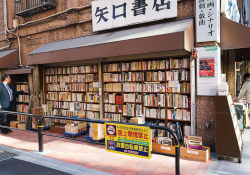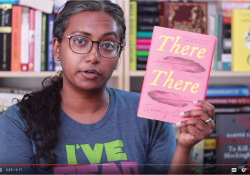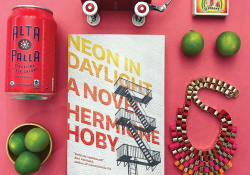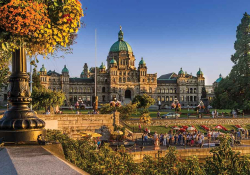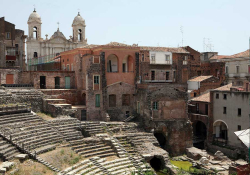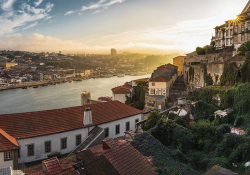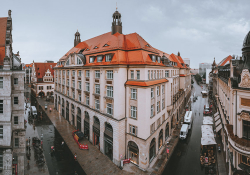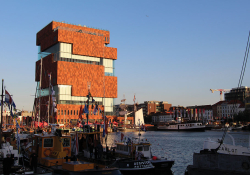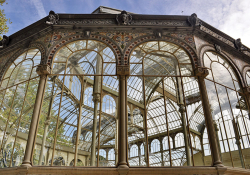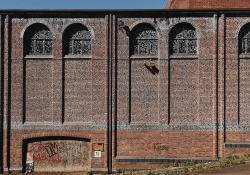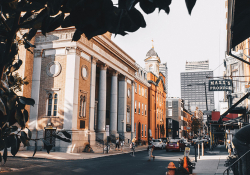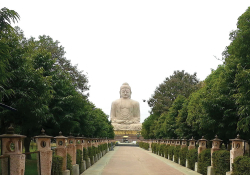Nagoya, Japan
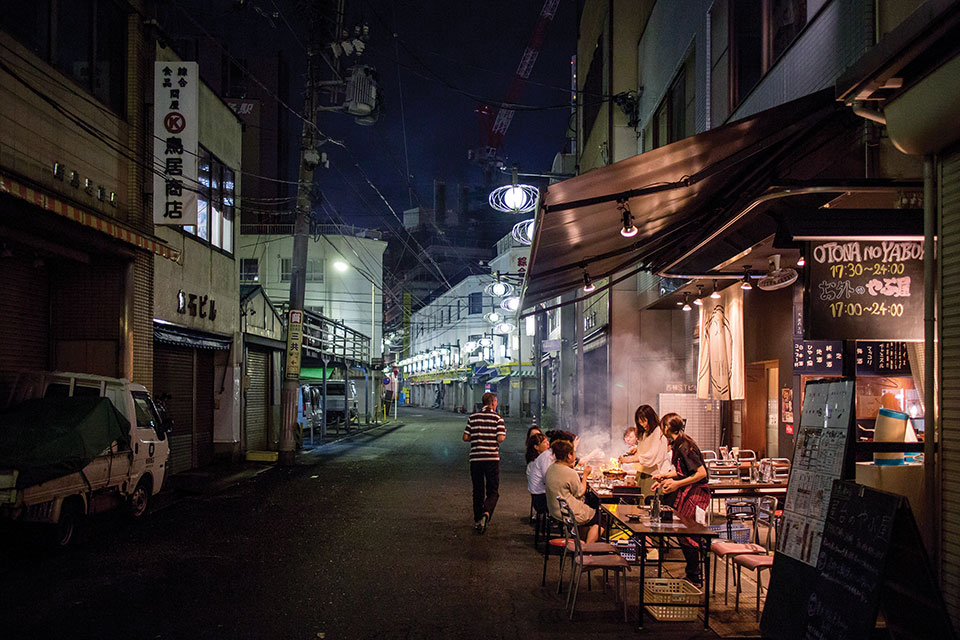
IT'S A RUNNING JOKE that Nagoya is the most boring city in Japan, and at first glance it seems like there’s some truth to it. It’s not the flashy Tokyo, the bustling merchant city of Osaka, or the shrine and temple-rich Kyoto, so it’s understandable that there isn’t the same tourist traffic. I would argue, however, that there’s more to the city than one could ever explore; it’s simply unassuming.
Situated in the western part of Aichi Prefecture, some readers may recognize the city from the idyllic childhood of Haruki Murakami’s protagonist from Colorless Tsukuru Tazaki and His Years of Pilgrimage. Despite being the third-largest city in the country, there’s a quietness about the city that seems at odds with the population size. Walking around the pristine streets is a peaceful experience.
As with any city of its size, Nagoya has pockets that have their own distinct features and unique draws. Anyone who visits the city will likely end up in the downtown district of Sakae at some point, drawn to the vivid lights and tall buildings that stand out amidst the subtler suburban aesthetics that dominate the city. Nightlife thrives in Sakae, at least until the last train, at which point the streets empty into the subway. The glitter of Sakae slowly blends into another district: Osu, a shopping district with covered pathways meandering around the stores whose wares spill outside their shops. Numerous used bookstores pop up here and throughout the rest of the city. Metal racks in front of the stores carry countless pocket-sized novels, which you can see being read on nearly every single train in Japan.
At any point during a walk around the city, you can step off of the street and dip into a small restaurant—many barely marked—where local specialties such as abura soba (oil buckwheat noodles) or tebasaki (Japanese-style fried chicken) will leave you barely able to move. Coming from the southern part of the United States, I couldn’t help but feel at home with the heavy fare. If you aren’t quite in the mood to commit to a meal, book cafés are a common sight around Nagoya. As the name suggests, you can sit down with a cup of coffee and freely read the books from their shelves.
The city comes alive with festivals throughout the summer. For the Atsuta Festival, the quiet pathways of Atsuta Shrine’s grounds become packed shoulder to shoulder with people jostling for the attention of food vendors, hoping to get their hands on some takoyaki, fried balls of dough and octopus. Attendees are often clad in traditional summer robes called yukata, which flash in an array of vivid colors and patterns.
Those in search of the more traditional culture of Japan need look no further than the Nagoya Noh Theater. There one can experience the oldest form of theater art still performed in Japan to this day, Noh. A form of drama focused on minimalist aesthetics, Noh utilizes slow, slight, and intentional movements in order to create pure expressions of emotion. Many Noh plays find their root in traditional Japanese literature, placing familiar stories in an entirely different dimension.
What to Read on the Nagoya Subway
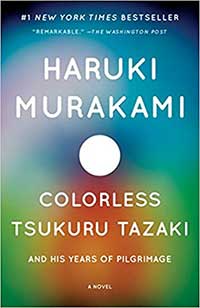 Haruki Murakami
Haruki Murakami
Colorless Tsukuru Tazaki and His Years of Pilgrimage
Trans. Philip Gabriel
Vintage Books
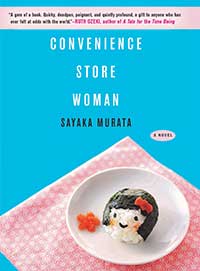 Sayaka Murata
Sayaka Murata
Convenience Store Woman
Trans. Ginny Tapley Takemori
Grove Press
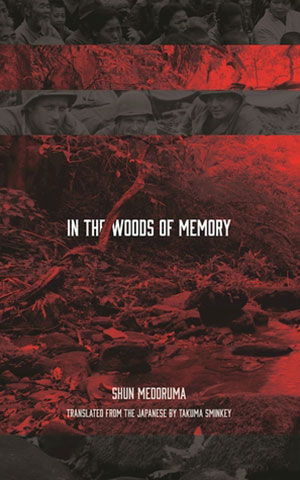 Shun Medoruma
Shun Medoruma
In the Woods of Memory
Trans. Takuma Sminkey
Stone Bridge Press
 Masatsugu Ono
Masatsugu Ono
Lion Cross Point
Trans. Angus Turvill
Two Lines Press
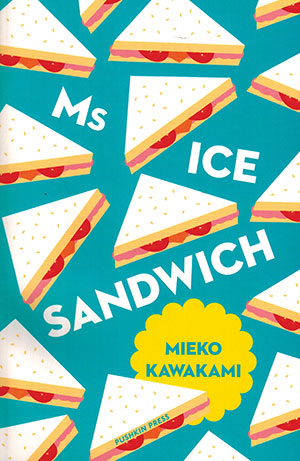 Mieko Kawakami
Mieko Kawakami
Ms Ice Sandwich
Trans. Louise Heal Kawai
Pushkin Press
